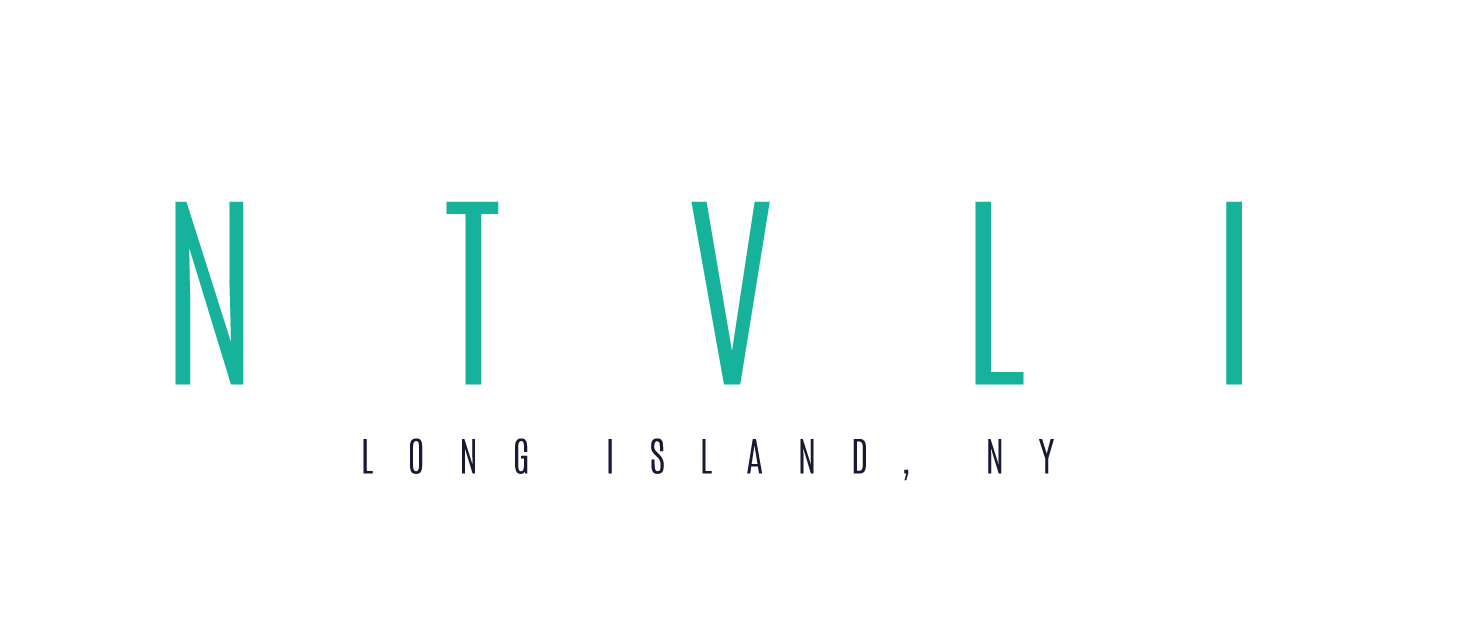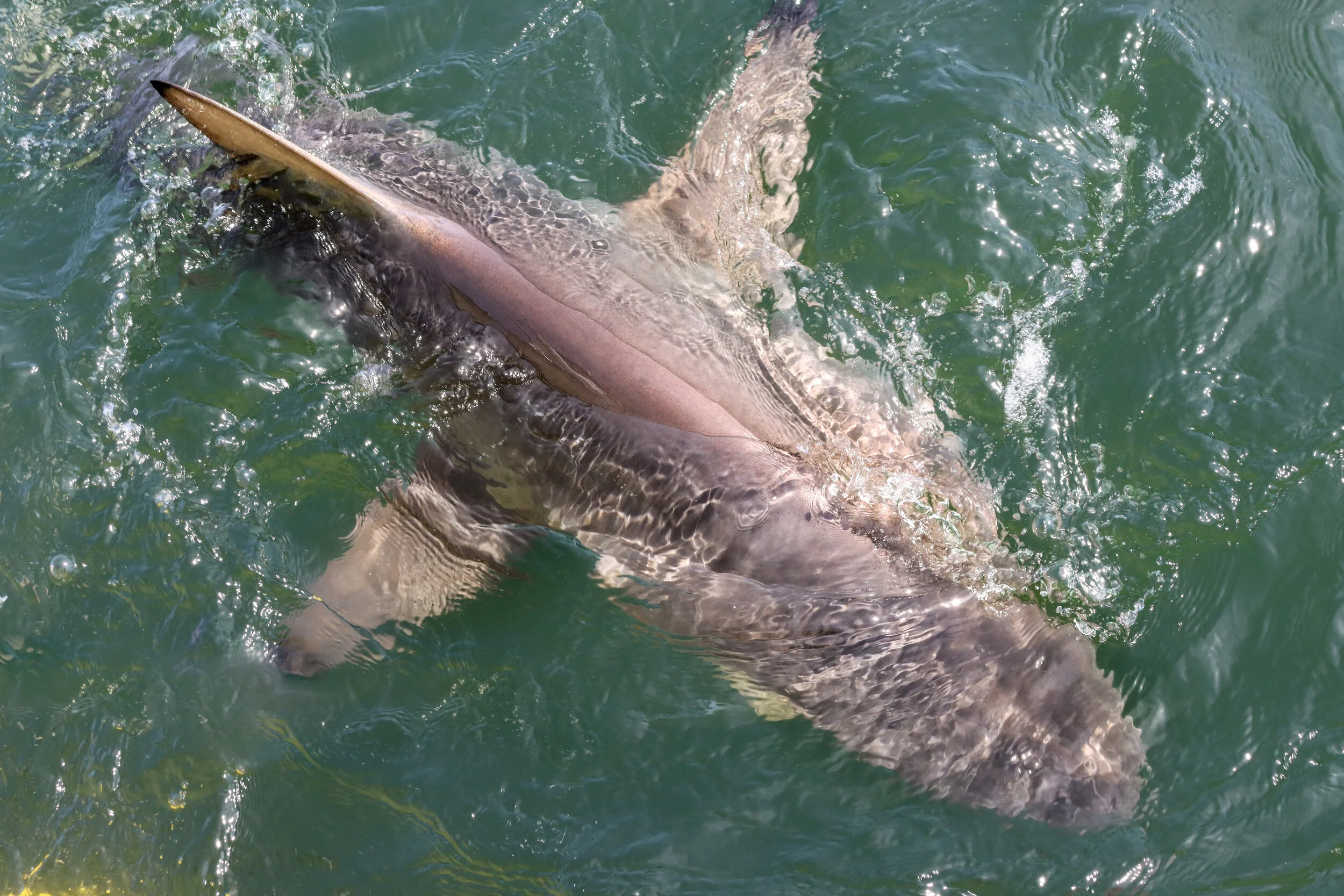Outdoors Lessons from Long Island's First Inhabitants
Written by Rich Nardo
The Native American legacy on Long Island runs deep and can be felt today from the boroughs out to the tip of Montauk Point. Without the help of the indigenous people, it’s very likely the colonists who landed on our shores in the 1600s would not have fared well.
Chief among the many important lessons that settlers learned from the Native Americans was how to make use of the abundant natural resources the island had to offer. The tribes who made their home on Long Island were expert fishermen, whalers, hunters, farmers and gatherers and their descendants still live in harmony with the land in many of the same ways today. They kindly passed that knowledge on to their new neighbors upon their arrival, and the stories of these first interactions between Native Americans and settlers on Long Island were not much different from those of the Wampanoag helping the Pilgrims survive their first harvest season at Plymouth in 1621. We’re all familiar with that tale as the inspiration for the first Thanksgiving Feast.
Some Background on Long Island’s Thirteen Tribes
When the colonists arrived on Long Island, it wasn’t a sprawling suburb in the shadow of the world’s most famous city. It was a bountiful island that the native inhabitants called Paumanok or “land that gives tribute”. Even today, a lot of Long Island town names are references to the quality of the land. Amagansett means ‘place of good water’, Ronkonkoma translates to ‘boundary fishing place’, Hauppauge to ‘land of high water’ and Commack is believed to mean “pleasant land’.
Long Island’s indigenous clans are divided into thirteen tribes, as illustrated in the photo below. They are dedicated to a peaceful existence, and thus despite having their own chief and living within unmarked boundaries, are loosely united under an island-wide confederation that acknowledged the authority of one inter-tribal leader known as the Sachem (another name that should ring a bell for today’s Long Islanders).
The tribes are diverse in how they make use of the plentiful natural resources on Long Island. They hunt game and wild birds, and previously hunted marine mammals. They fish both the ocean and the freshwater outlets. They harvest crustaceans, gather berries, wild herbs, roots and nuts and even cleared some land to grow corn, squash and beans. Perhaps most famously, they were some of the best whalers in the world, and there was a time when it was believed not a single whaling ship would leave our shores without at least one Shinnecock male onboard.
Here is an introductory look at how Native American knowledge was essential to the survival of the early colonists and how it is still in play with today’s outdoors enthusiasts on Long Island. It should be noted that I am not an expert on the topic, and all information was gathered from the resource links at the bottom of the article.
Hunting
Just as hunters stalk deer at Otis Pike Preserve or the Cooperative Hunting Areas at East Hampton and Southampton today, White-tails were a favorite protein source of the Native Americans who made their home on Long Island before the settlers arrived. Archaeological records also indicate they hunted wild turkeys, raccoons, box turtles, quail, partridge, goose, duck, woodchucks and squirrel.
The thirteen tribes did not use anything like the hunting rifles that are common today before the settlers arrived. Instead they used spears with fluted points and later the bow and arrow to take down prey. Their original projectile points were believed to be percussion-chipped from quartz cobbles and sometimes retouched by pressure flaking. These projectile points were then attached to spears and thrown with the aid of an atlatl, similar to the video posted below.
While you won’t find too many hunters these days walking around the East End with spears and atlatls, you will find a decent number of bowhunters. This is something that the Native American adapted around 900 A.D. Ancient Native Americans also fashioned tools such as knives and hide scrapers for field dressing a kill that we see variations of today.
Harvesting the Land
Just as Long Islanders love to visit the farms on the East End for fresh produce and pies each year, the Native Americans also made use of the land through farming and gathering. They cleared swaths of land to make room for plantings of corn, beans and squash - using fish from their catch to fertilize the soil the same way some fisherman today will use mackerel in their own gardens. Artifacts of hoes, shallow stone mortars and pestles indicate they were sophisticated in their agricultural methods for the time and remains of axes have also been found that are believed to have been used to cut down small trees to make way for farmland.
While foraging is rare these days on Long Island, it was common practice for our predecessors. Charred hickory nut shells and other seeds and pits suggest that early Native Americans were adept at gathering wild nuts, berries and vegetables to fulfill an important need in their diets.
Fishing
As one would expect from a people that make their home on an island, fishing has always been a huge part of Native American food sourcing on Long Island. They developed methods to harvest every waterway from the shallow bays to small streams and ponds and, most remarkably, the open ocean. They fished for Striped Bass, Flounder, Bluefish, Shad and all of the other species Long Island anglers still chase today. They also shared our love of shellfish and gathered the oysters, bay scallops, periwinkles, channeled whelk and clams that were abundant in our bays all year round, and even trapped lobsters and crabs - though I doubt they smothered them in butter like we do tend to do.
Indigenous fishermen would fashion hooks out of bone or use deer antlers to make harpoons. They also mastered tidal flow and fish behavior just as well as modern baymen, which they took advantage of by constructing pound traps from poles and netting.
Perhaps the most innovative aspect of fishing the Native Americans on Long Island mastered was building canoes, which they hollowed out of large trees, that were steady enough to take out past the breakers for offshore fishing. This was the skill set that lead to the legendary role the Shinnecock and Montauk tribes played in our next section.
Image Source: http://www.garviespointmuseum.com/indian-archaeology-long-island.php
Whaling
While whaling may not be relevant today, through the 19th century it was the way Long Island’s tribes were most famous for influencing the settlers. As mentioned earlier, it was said that no whaling ship left from Eastern Long Island during that time period without at least one Shinnecock man onboard. The Shinnecock were fearless at sea, and the story of ten of their men dying to save their shipmates during the Circassian shipwreck of December 1876 is still the stuff of legends on the South Fork of Long Island.
Whale oil was the region’s main moneymaker on the global market during the 1800s and the Shinnecock were the poorly compensated superstars of this dangerous industry. They would depart from towns like East Hampton or Sag Harbor, with two whaling ships manned by six person crews, and drive Right Whales into the bay where they would latch their boats to their prey using harpoons fastened to ropes. When the whales would tire they would be killed at close range with the long lances that the Native Americans would bring with them.
While the English whaling crews of the day saw whales as a resource to be exploited, today’s Long Islanders take their view of these majestic marine mammals from the Island’s first shoreman instead. The whale was held in the highest regard by Native Americans, and the fins and tails were considered sacred and sacrificed to their most powerful deity.
Image Source: https://lihj.cc.stonybrook.edu/2016/articles/indian-whalers-on-long-island-1669-1746/
Thankfully, we no longer hunt whale, but there are few things Long Islanders rejoice over more than the sight of a Right Whale breaching as it follows the bunker inshore each Fall.
On a related note, there is a fundraiser to help in the reburial of ancestral remains within sacred Shinnecock lands. It’s a tragic story, the details of which can be found here. If you are interested in donating to this cause, you can do so at this link - https://www.gofundme.com/ytver
References:
http://www.longislandhistoryproject.org/
https://www.jeremynative.com/onthissite/wiki/the-tribes-of-long-island/
http://longislandgenealogy.com/indians.html
https://en.wikipedia.org/wiki/Shinnecock_Indian_Nation
https://www.newsday.com/long-island/long-island-indians-first-inhabitants-1.15265250
http://www.richmondhillhistory.org/indians.html
http://www.garviespointmuseum.com/indian-archaeology-long-island.php
http://montaukett.org/?page_id=22
https://lihj.cc.stonybrook.edu/2016/articles/indian-whalers-on-long-island-1669-1746/
https://orb.binghamton.edu/cgi/viewcontent.cgi?article=1419&context=neha
https://lihj.cc.stonybrook.edu/2016/articles/indian-whalers-on-long-island-1669-1746/
http://soundbook.soundkeeper.org/chapter_ContentID_206_SectionID_5.htm
https://narratively.com/the-last-fishermen-of-long-island/
https://www.navybeach.com/about-us/montauks-history/
http://sound.school/wp-content/uploads/2016/08/fishweirpaper.pdf
http://www.longislandtraditions.org/southshore/communities/centralsuffolk/centralsuffolk.html
http://easthamptonlibrary.org/wp-content/files/pdfs/history/lectures/20021108.pdf













Ask any wildlife photographer or explore based on Long Island and they’ll tell you that our home turf does not get nearly the credit it deserves when it comes to species diversity. In fact, I think it’s safe to say that most people think Long Island has a couple of raccoons, a possum here and there, and way too many deer out east and that basically sums it up.
This couldn’t be further from the truth. So for this article, we worked with some of the best wildlife photographers based on Long Island to highlight 10 species that most people might not know we have here.